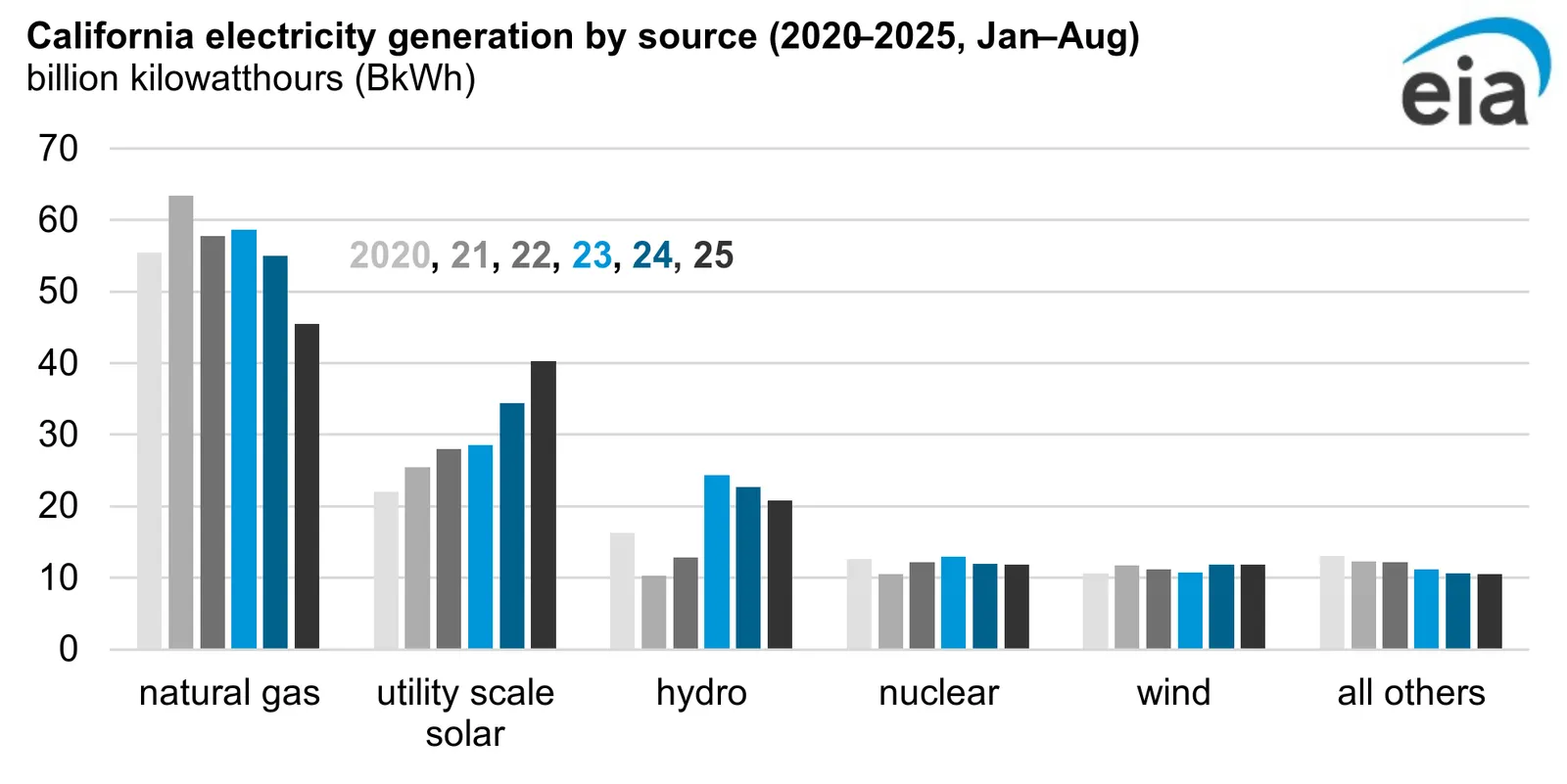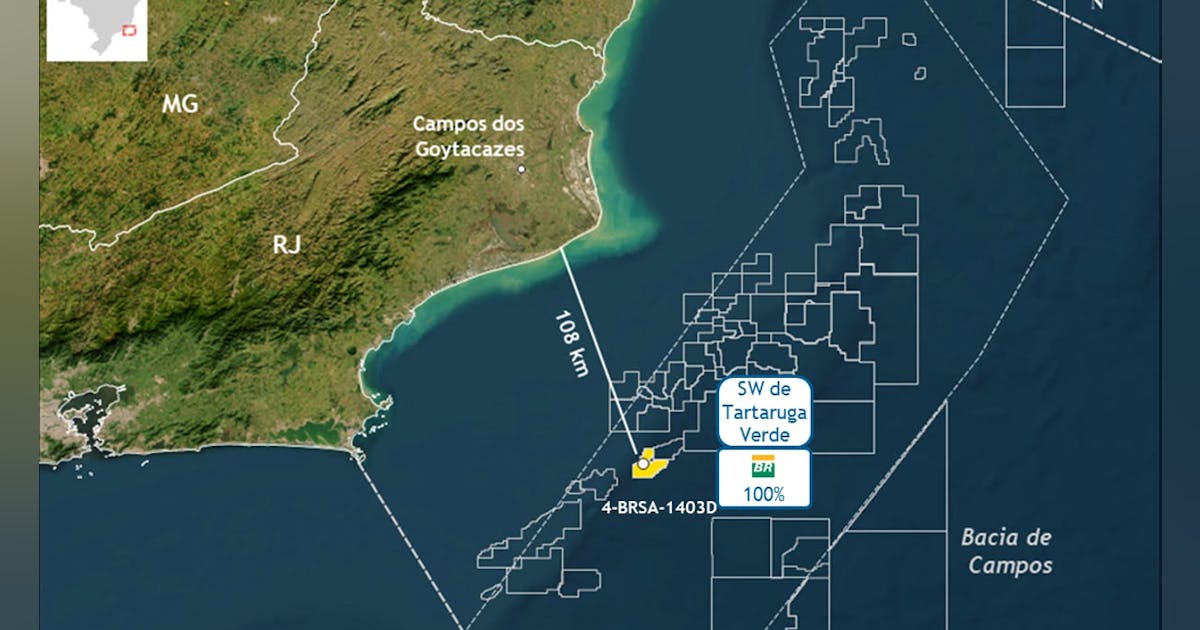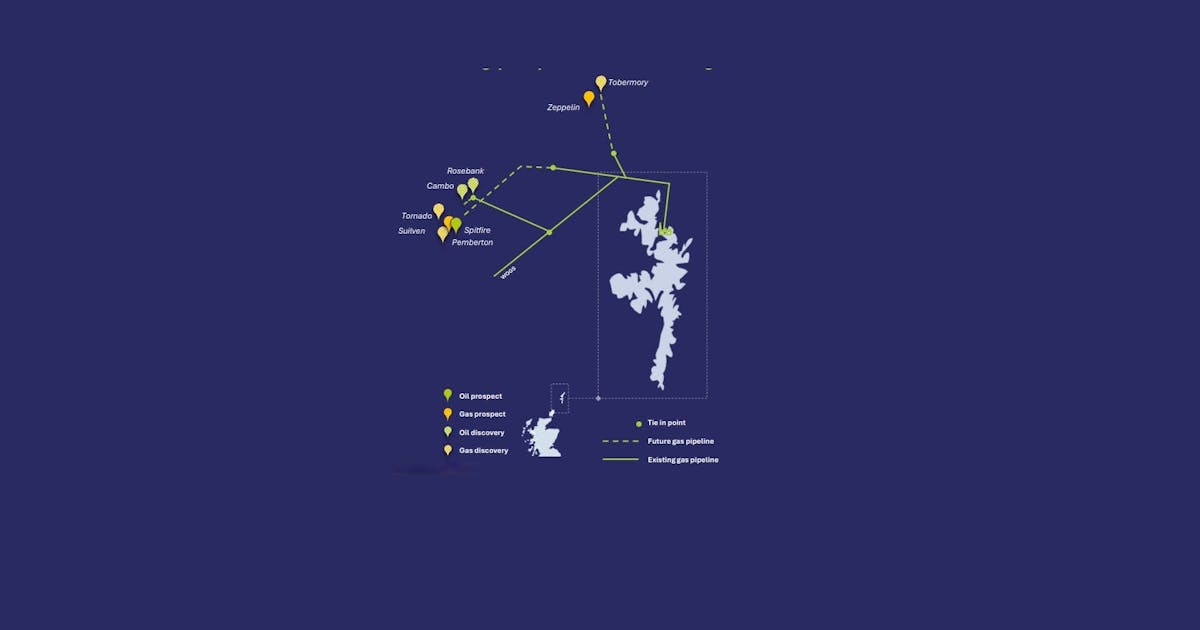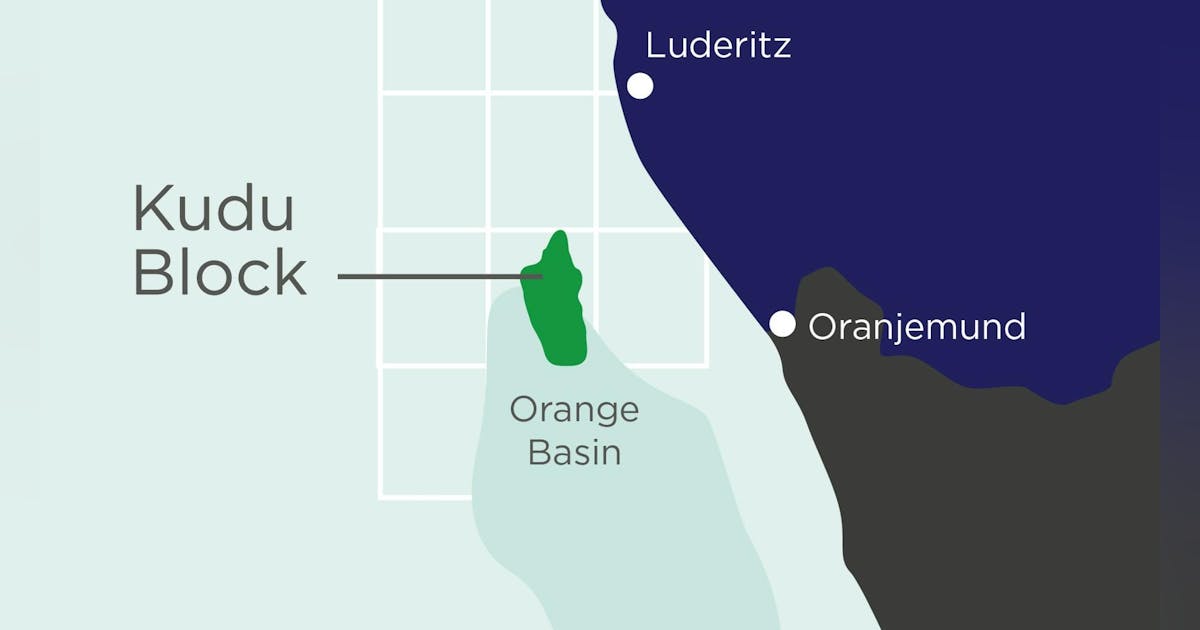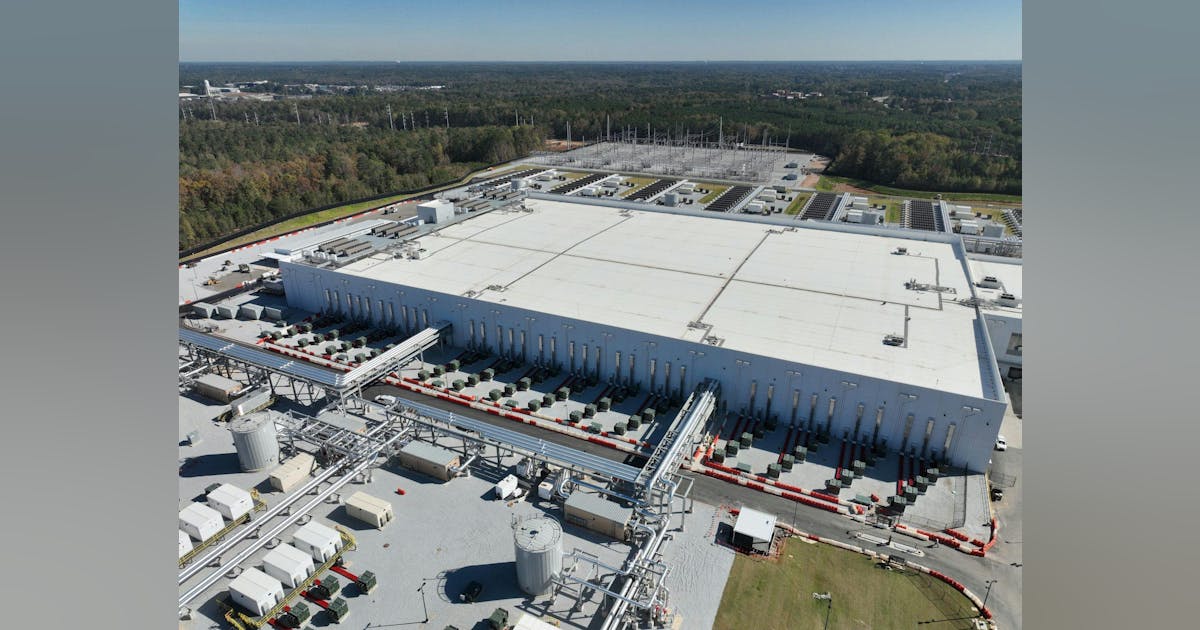
In an EBW Analytics Group report sent to Rigzone by the EBW team on Tuesday, Eli Rubin, an energy analyst at the company, warned that, for the U.S. natural gas price, “immediate-term volatility risks remain high into December expiration”.
Rubin highlighted in the report that yesterday’s December options expiry “saw the front-month falter 13.6 cents before recovering 10.5 cents into the close”.
“While daily fundamental signals appear supportive, downside offers confirmation of last week’s January contract bearish triple-top technical pattern at $4.80 [per million British thermal units (MMBtu)],” he said.
“DTN’s outsized day over day weather gain is partially catching up to other meteorologists previously anticipating a colder early December,” Rubin added.
“Further, while more expansive cold to open the month, Week 3 became milder (particularly across the South) amid shifts in the Pacific North America (PNA) teleconnection – and early-morning price action seems to be reacting to a possibility of ‘seeing beyond’ the early-December cold,” Rubin continued.
Rubin went on to state in the report that daily LNG feedgas “may be touching another all-time high this morning as gas production continues to show strength”.
“We repeat our analysis that while immediate-term pricing appears to have run ahead of fundamentals, the medium to longer term outlook could see narrowing storage surpluses to lead renewed mid-winter upside potential,” he added.
The EBW report pointed out that the December natural gas contract closed at $4.549 per MMBtu on Monday. This marked a 3.1 cent, or 0.7 percent drop from Friday’s close, the report outlined.
In the report, EBW predicted a “volatility risks elevated” trend for the NYMEX front-month natural gas contract price over the next 7-10 days and a “jagged path higher” trend over the next 30-45 days.
In a separate report sent to Rigzone by the EBW team on Monday, Rubin warned that natural gas was wavering heading into December options expiry.
“Friday’s price action saw the NYMEX front-month test as high as $4.675 with substantial weekend weather risks pushing shorts to the sidelines,” he said in that report.
“Weather models remained largely stable over the weekend, with DTN showing a modest 3-HDD decline for Weeks 2 and 3 and other meteorologists suggesting a slight expansion of cold,” he added.
“Outside of weather, strengthening Marcellus production readings helped bias overall U.S. production higher,” he continued.
“LNG recovered to near-record levels. Storage is nearly full and production is near record highs – hinting at the potential for medium-term weakness when the market can see beyond early-December cold,” Rubin went on to state.
Rubin warned in that report that, in the immediate term, “the magnitude of cold risks and trader positioning may dictate pricing heading into December options expiry”.
He pointed out in the report that, last year, December-March contract options expiration sessions saw an average 21.9 cent move.
“This year, robust supply may hint lower, but supportive technicals, a strong winter outlook, and prices at the base of the price-inelastic portion of the curve highlight upside price risks,” he noted.
In this report, EBW also predicted a “volatility risks elevated” trend for the NYMEX front-month natural gas contract price over the next 7-10 days and a “jagged path higher” trend over the next 30-45 days.
EBW AnalyticsGroup provides independent expert analysis of natural gas, electricity, and crude oil markets, EBW states on its website.
Rubin is an expert in econometrics, statistics, microeconomics, and energy-related public policy, the EBW Analytics Group site notes, adding that he is “instrumental in designing the algorithms used in our models, and in assessing the potential discrepancies between theoretical and practical market effects of models and historical results”.
To contact the author, email [email protected]






